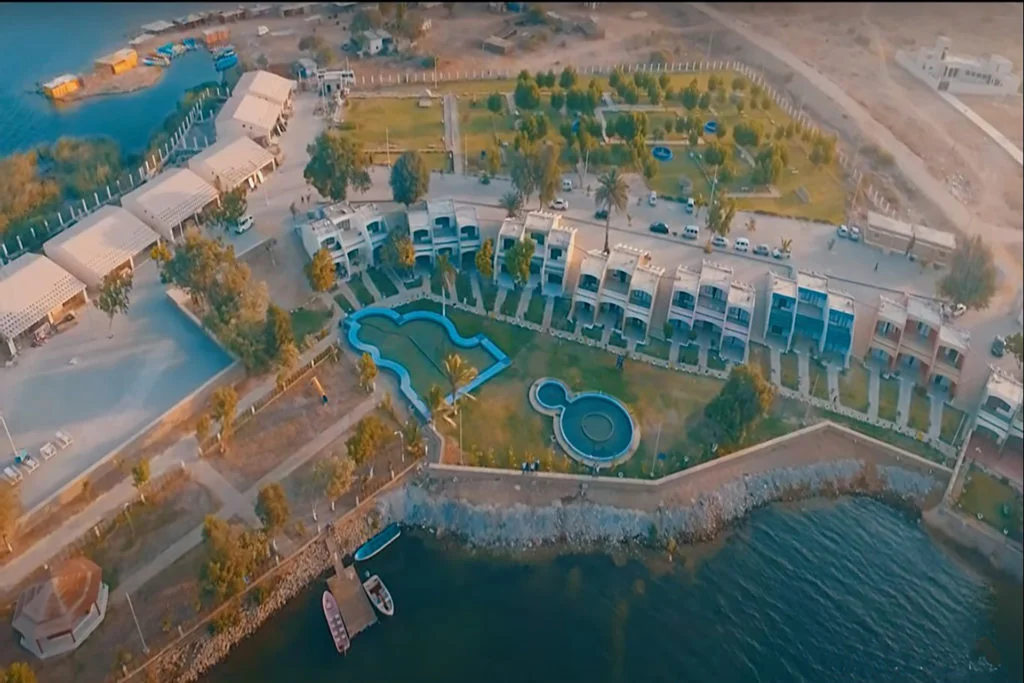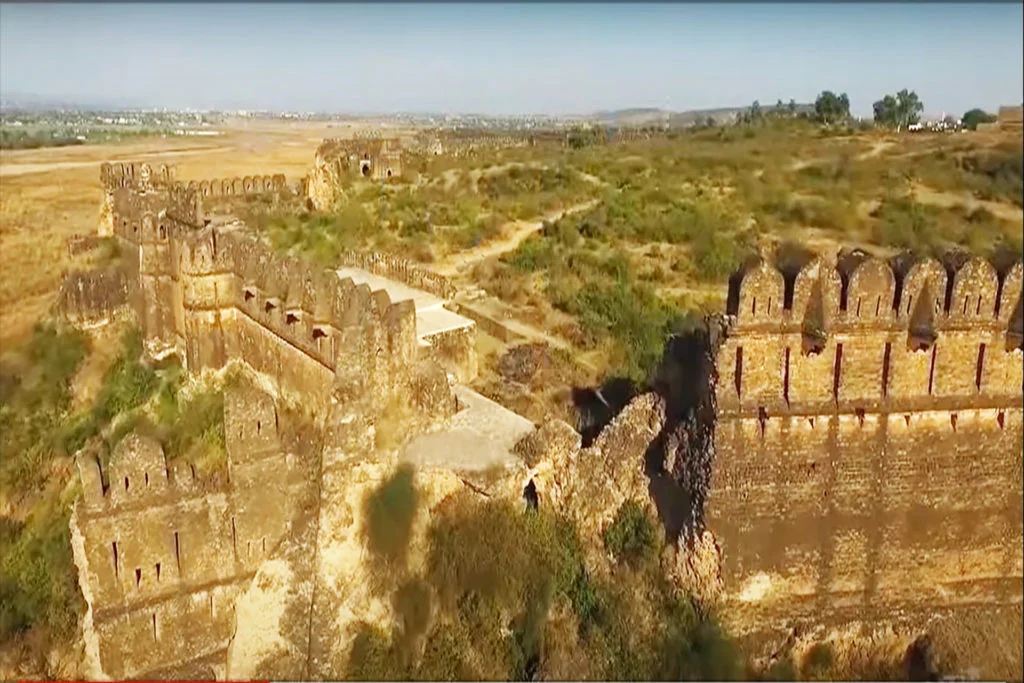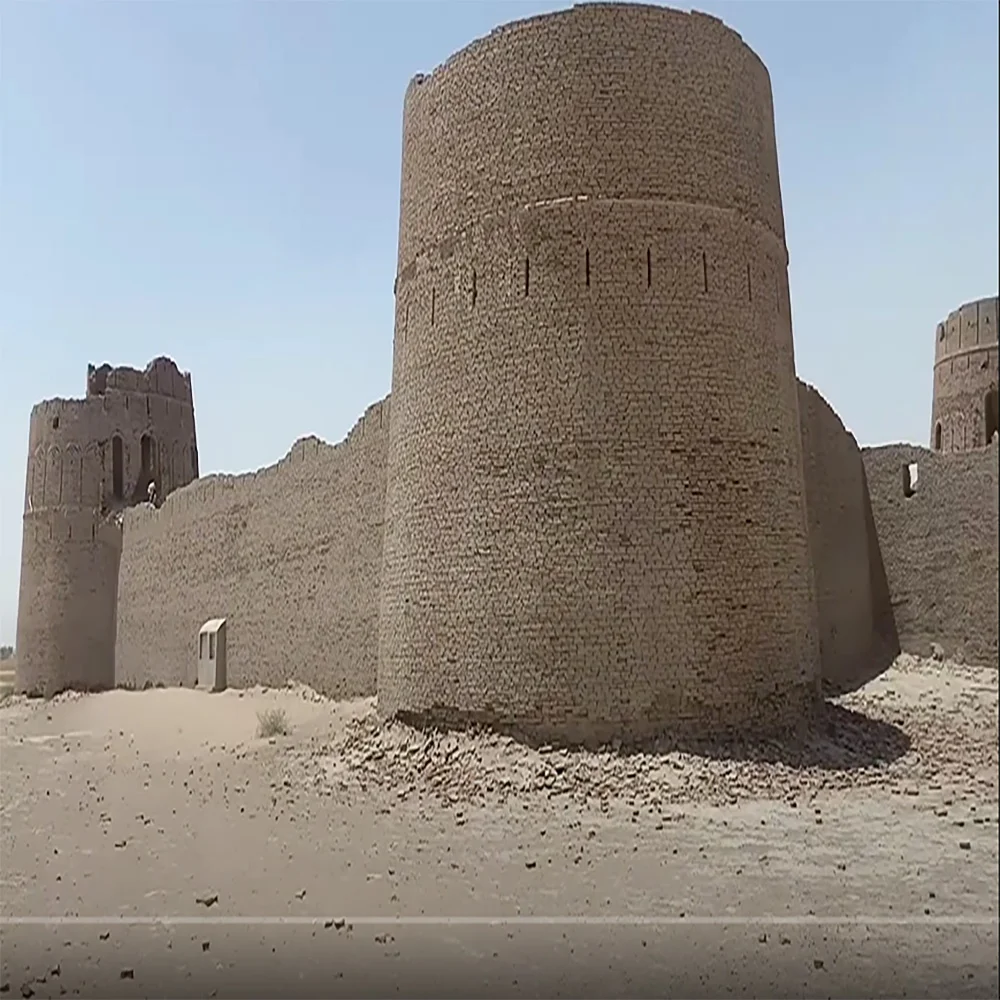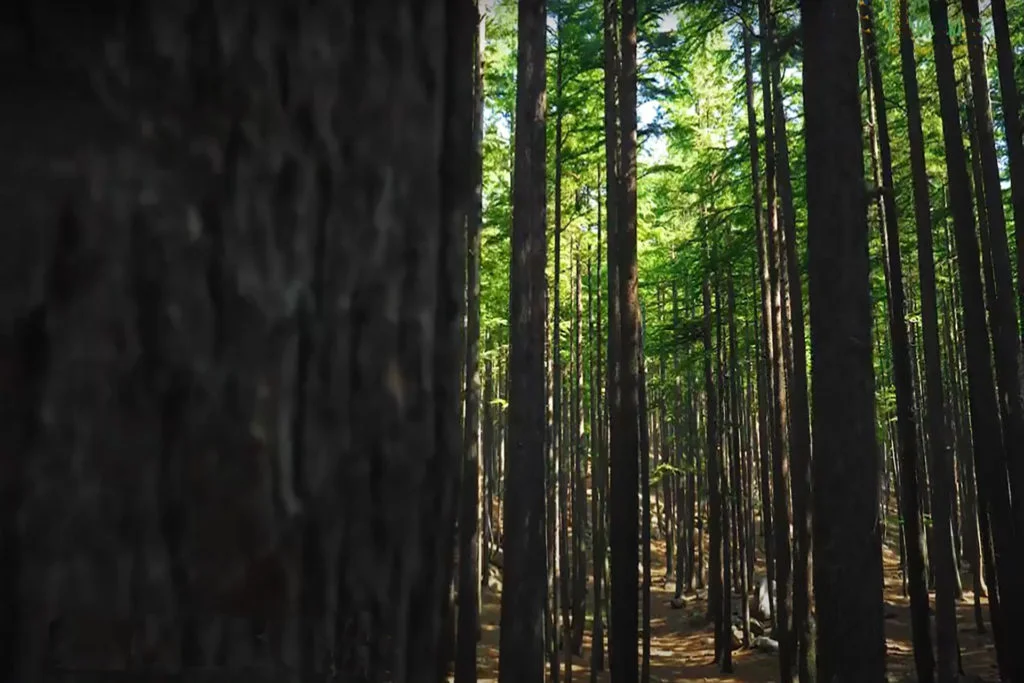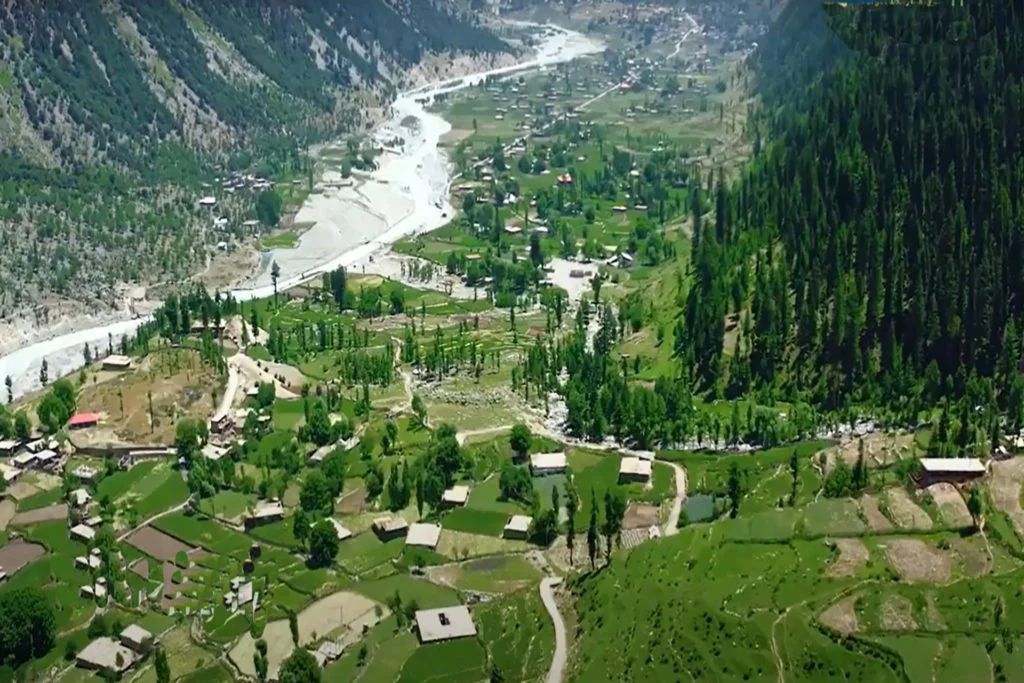In the heart of Khaplu, within the enchanting region of Gilgit-Baltistan in northern Pakistan, stands the Chaqchan Mosque, a historical gem with a legacy dating back to 1370 CE. Aptly named “The Miraculous Mosque,” this venerable structure is not only one of the oldest mosques in the area but also bears witness to a significant transformation in the religious landscape as Buddhism gave way to Islam.
A Blend of Architectural Influences
Architecturally, the Chaqchan Mosque is a mesmerizing fusion of Tibetan, Mughal, and Persian styles. Its construction exemplifies the rich tapestry of influences that have shaped the region over the centuries. The mosque’s design includes a two-story cubic complex, featuring a semi-basement, ground floor, and a distinctive turret crowning the structure.
The mosque’s perimetral walls are a marvel in themselves, composed of carefully stacked wooden slabs that create a sturdy frame. These wooden walls, daubed with clay or mud, showcase a construction technique reminiscent of the Roman opus craticum, known for its exceptional weatherproofing properties. This method has proven to be resilient in the harsh winter conditions that often prevail in the region.
Historical Origins
The origins of the Chaqchan Mosque have sparked some debate among historians. According to one narrative, the mosque was commissioned by Mir Sayyid Ali Hamadani, a revered figure in the region. However, an alternative theory suggests that it was constructed in 1370 CE, over two decades before the birth of Syed Nurbakhsh, another influential Sufi saint associated with the area.
What remains certain is that this mosque stands as a testament to a pivotal era when Buddhism, which once thrived in the region, gave way to the growing influence of Islam. The Chaqchan Mosque bears witness to this profound transformation and continues to hold spiritual and historical significance.
Preservation and Recognition
The Chaqchan Mosque has earned recognition from the Government of Pakistan as a Pakistan Heritage Site. Its historical value, architectural significance, and cultural heritage have prompted extensive conservation efforts to ensure its preservation for future generations.
A Hub of Spiritual Diversity
The mosque’s significance extends beyond its architectural marvels and historical importance. It serves as a symbol of unity and diversity within the local community. The first floor of the mosque is devoted to the Nurbakhshia sect of Islam, which counts a substantial portion of Ghanche’s population among its adherents. On the second floor, the Shia sect finds its place of worship, showcasing the harmonious coexistence of different religious traditions within this sacred space.
A Gateway to History and Culture
The Chaqchan Mosque holds a prominent place as the first tourist attraction in the district of Ghanche. Visitors who venture to this ancient site are not only treated to breathtaking architecture but are also transported back in time to witness the cultural and religious transformations that have shaped the region. As they explore this living testament to history, they gain insight into the enduring legacy of the Chaqchan Mosque in the heart of Khaplu.


